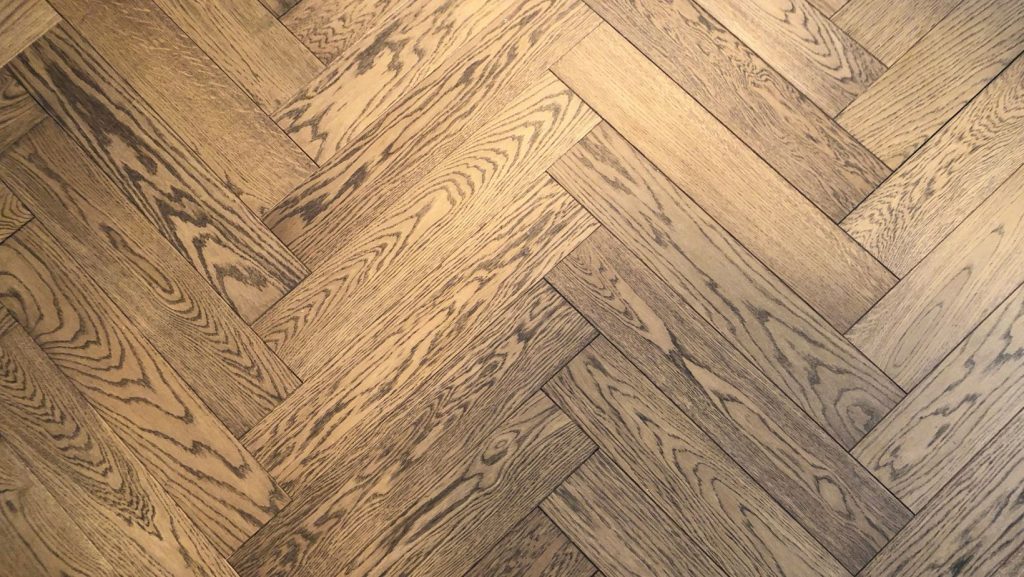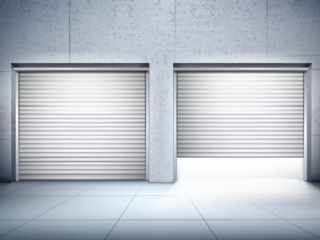
There’s a classic elegance that herringbone floors bring to any space. The distinctive V-shaped pattern creates a sense of sophistication and charm that has stood the test of time. From historic estates to modern interiors, herringbone floors have remained a timeless choice for those seeking a touch of luxury underfoot.
I’ve always been captivated by the unique allure of herringbone floors. The way they effortlessly elevate the ambiance of a room is truly remarkable. Whether it’s the rich history behind this pattern or the visual interest it adds to a space, herringbone floors have a way of making a statement that never goes out of style.
In this article, I’ll delve into the enduring popularity of herringbone floors, exploring why they continue to be a beloved choice for homeowners and designers alike. Join me as we uncover the timeless appeal and undeniable charm of herringbone floors.
When it comes to interior design, herringbone parquet floors have always held a special place in my heart. The intricate V-shaped pattern of herringbone floors adds a touch of classic elegance that can transform any room into a sophisticated space. Walking on herringbone parquet floors is like stepping back in time to a place where craftsmanship and beauty were paramount.
I find that herringbone floors not only elevate the ambiance of a room but also make a bold and timeless statement. The unique pattern creates a sense of movement and visual interest that captures the eye and draws you into the space. Whether in a traditional or modern setting, herringbone parquet floors bring a sense of warmth and luxury that is hard to match.
As a homeowner and design enthusiast, I appreciate the enduring popularity of herringbone floors. Homeowners and designers alike are drawn to the timeless charm and versatility of this classic flooring choice. The herringbone pattern adds character and depth to a room, making it the perfect foundation for various interior styles and decor schemes.
The timeless appeal of herringbone floors lies in their ability to blend tradition with modernity, elegance with practicality. Herringbone parquet floors are not just a trend but a design element that has stood the test of time and will continue to enchant homeowners and designers for years to come.
Historical Significance of Herringbone Flooring
Origins and Ancient Uses
Exploring the origins of herringbone parquet floors reveals a rich history dating back centuries. The distinct herringbone pattern can be traced to ancient civilizations, where it was commonly used in various architectural designs. From Roman villas to Egyptian pyramids, herringbone floors were a symbol of luxury and craftsmanship. The meticulous arrangement of wood in a V-shaped pattern not only showcased attention to detail but also provided structural strength to the floor.
Evolution Through the Centuries
The evolution of herringbone flooring through the centuries reflects its enduring appeal and timeless aesthetic. Initially favored by the elite for its elegance, herringbone floors have transcended social boundaries to become a staple in interior design.

From the grand palaces of Europe to modern urban lofts, herringbone parquet floors have adapted to different decor styles while maintaining their sophistication and charm. Today, herringbone flooring continues to be a symbol of refined taste and a nod to the past while remaining a popular choice for contemporary spaces.
Design Elements of Herringbone Floors
Unique Patterns and Layouts
When it comes to herringbone parquet floors, they stand out due to their unique patterns and layouts. The distinct V-shaped pattern created by the interlocking of rectangular planks at 90-degree angles gives herringbone floors their timeless charm. This design element adds a touch of sophistication and visual interest to any room, making it a popular choice among homeowners and designers alike. The versatility of herringbone patterns allows them to complement various interior styles, from classic and traditional to modern and contemporary.
Material Varieties in Herringbone Flooring
Herringbone flooring comes in a wide range of material varieties, providing options to suit different preferences and budgets. From traditional solid hardwood to engineered wood, laminate, and even luxury vinyl, herringbone floors offer a selection of materials that cater to diverse needs. Each material has its unique characteristics, such as durability, maintenance requirements, and cost, allowing individuals to choose the best option based on their lifestyle and design aesthetic. Whether aiming for a classic look with hardwood or a more budget-friendly alternative with laminate, herringbone flooring offers a blend of style and functionality.
Benefits of Choosing Herringbone Floors
Durability and Longevity
When it comes to flooring options, herringbone parquet floors stand out for their exceptional durability and longevity. As a homeowner with a passion for design, I appreciate how herringbone floors not only offer timeless elegance but also boast a solid construction that can withstand the test of time.

Unlike some flooring materials that may require frequent replacement or maintenance, herringbone parquet floors are known for their longevity, making them a sustainable and cost-effective choice in the long run.
Aesthetic Value and Versatility
One of the key benefits of choosing herringbone floors is their unmatched aesthetic value and versatility. As someone who values the visual appeal of interior spaces, I find that herringbone parquet floors add a touch of sophistication and character to any room. The distinctive V-shaped pattern creates a sense of movement and visual interest, enhancing the overall ambiance of the space. Moreover, herringbone floors complement a wide range of interior styles, from traditional to modern, making them a versatile choice for homeowners and designers looking to elevate their decor. The ability of herringbone floors to seamlessly blend tradition with modernity adds a unique charm to any space, creating a timeless appeal that transcends trends.











